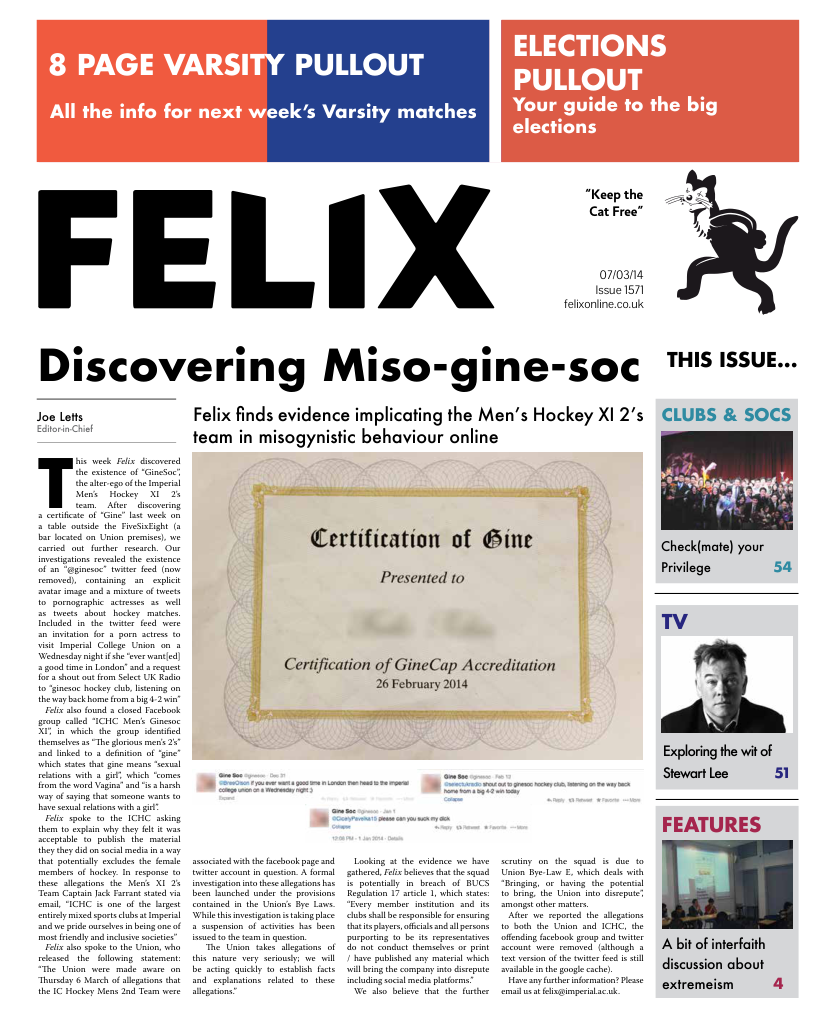Ancillary Justice
Maciej Matuszewski talks about the the groundbreaking debut science fiction novel by Ann Leckie
Ancillary Justice, the debut novel of Ann Leckie, is one of those novels that had been recommended to me by pretty much everyone. However, as is often the case, my other commitments, and my impressively long reading list, made me put off picking up for quite a while. Now, having finally read it, I realise that I should have heeded my friends’ advice and checked it out sooner because Ancillary Justice is truly one the best books that I have read in recent years.
The novel is set in the distant future, with humanity having spread across the stars – much of it ruled by the militaristic Radch Empire. Its leader, Anaander Mianaai, simultaneously occupies countless different bodies, giving her near immortality and allowing her to micromanage all of the many different star systems she controls. Mianaai exerts her will through her massive fleet of AI controlled starships. The largest of these each house thousands of ancillaries – bodies of former enemies of the empire who have had their personalities erased and are now controlled by the ships’ AIs and used as soldiers. Our protagonist is one of those ancillaries, containing the last remnants of the now destroyed AI of the ship The Justice of Toren. Taking on the name Breq she vows to take revenge on the person responsible for her ship’s destruction – Anaader Mianaai herself.
This is a set up that presents many different possibilities and Leckie certainly doesn’t disappoint. The plot is fast paced and well developed, with exciting action and imaginative settings. However, the wider themes that the novel explores are its real strength. We see how fear and self-interest perpetuates the brutality of the Radch Empire, despite most of its citizens being ordinary, reasonable people. We see how an atmosphere of hopelessness and repression can maintain a rigidly divided class system that helps no one. And we see how a 3,000 year old AI can develop into something far more human than anyone expected. In the hands of a lesser writer, putting all these elements together would have resulted in a confused mess. Leckie, however, makes them all fit perfectly together – they all build on each other, and add to the central plot. The focus of the novel is, of course, The Justice of Toren herself. The story is told in first person from her perspective, which really helps us to understand her. Over the course of the book her character is slowly and subtly developed as we learn how the weight of thousands of years of experience turned her from a simple fighting machine into someone far more complex.
Another interesting aspect of the book is that Radchaai society has no concept of gender, and indeed many citizens of the Empire find it difficult to recognise gender in other societies. This means that, in The Justice of Toren’s first person narration, every character is referred to by feminine pronouns. For most of the characters we never find out if they are biologically male or female and for other, such as Anaader Mianaai and her many bodies, we know explicitly that such distinctions are meaningless. This is a fascinating and innovative technique that really makes the reader question their preconceptions about gender roles and stereotypes. All in all, this is a great book. I was hooked from the very first chapter and I sincerely recommend it to you all.





